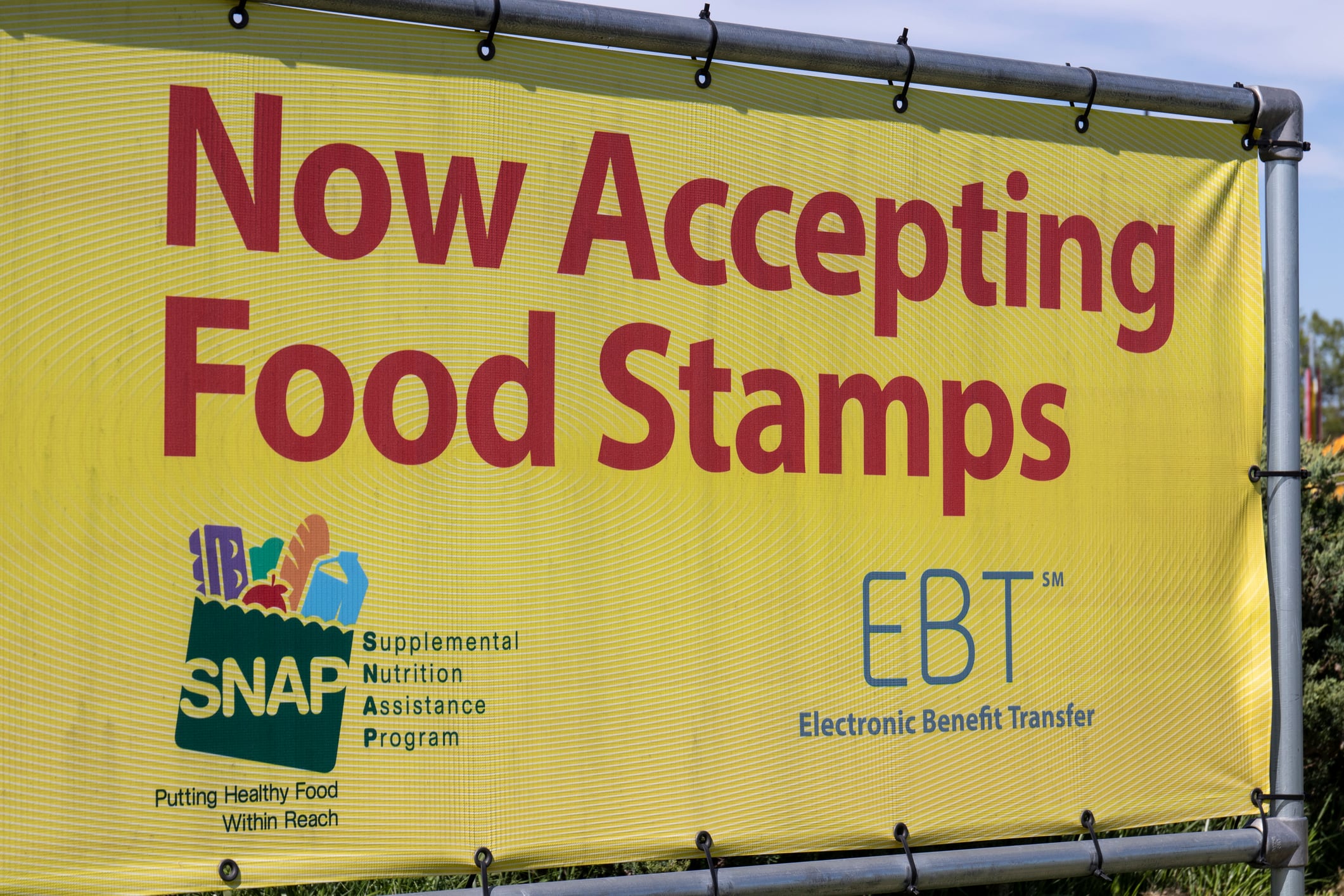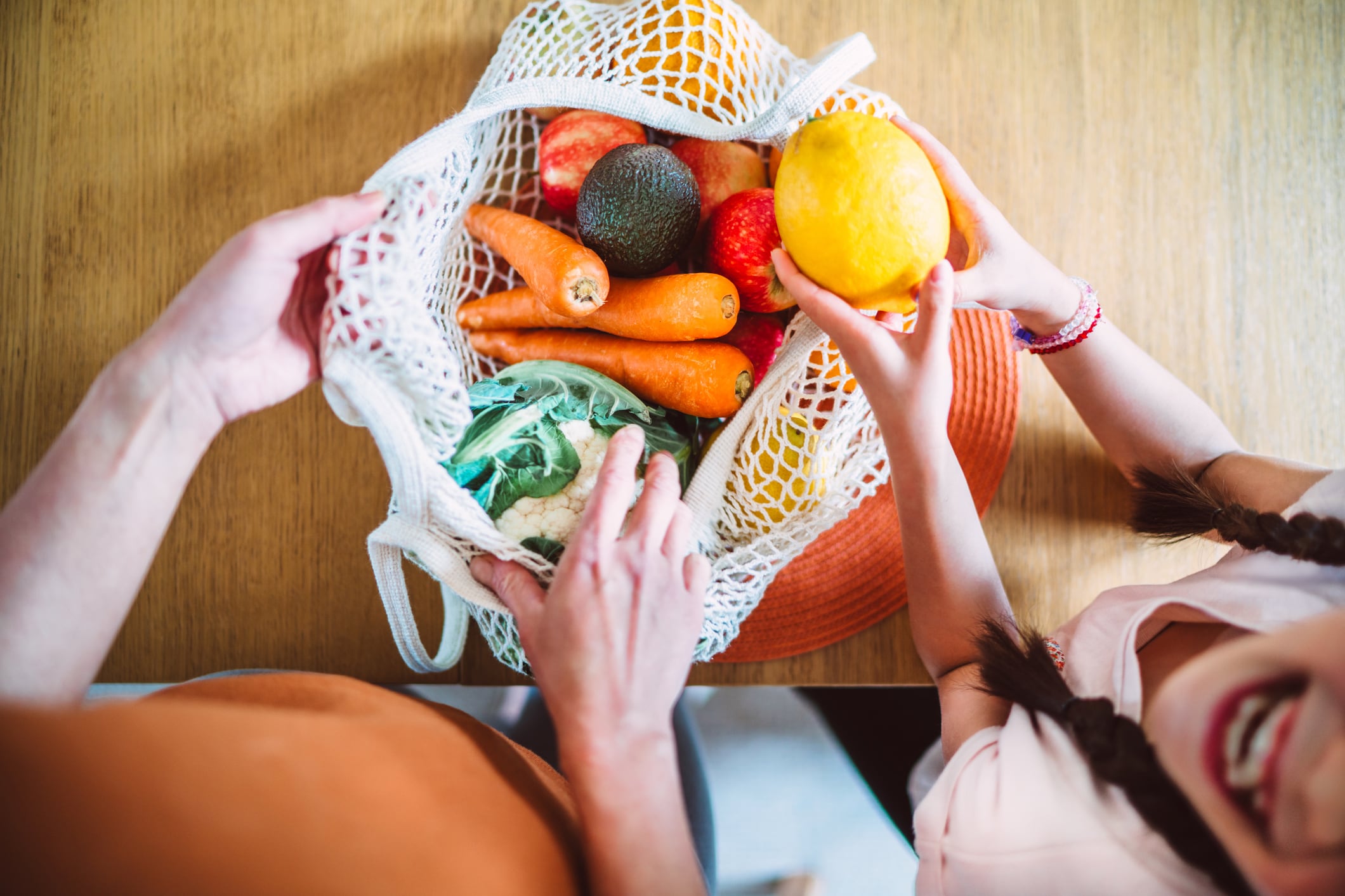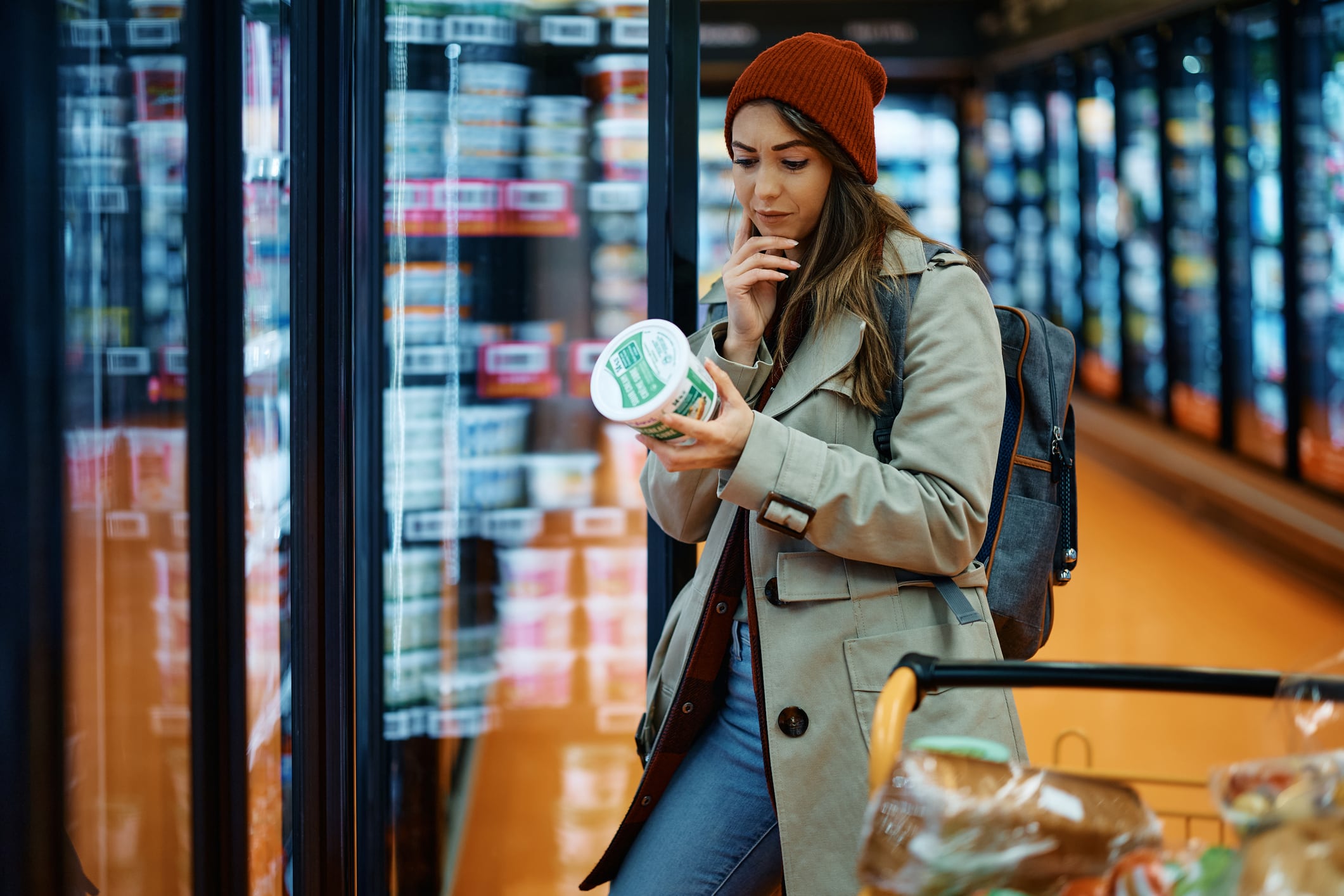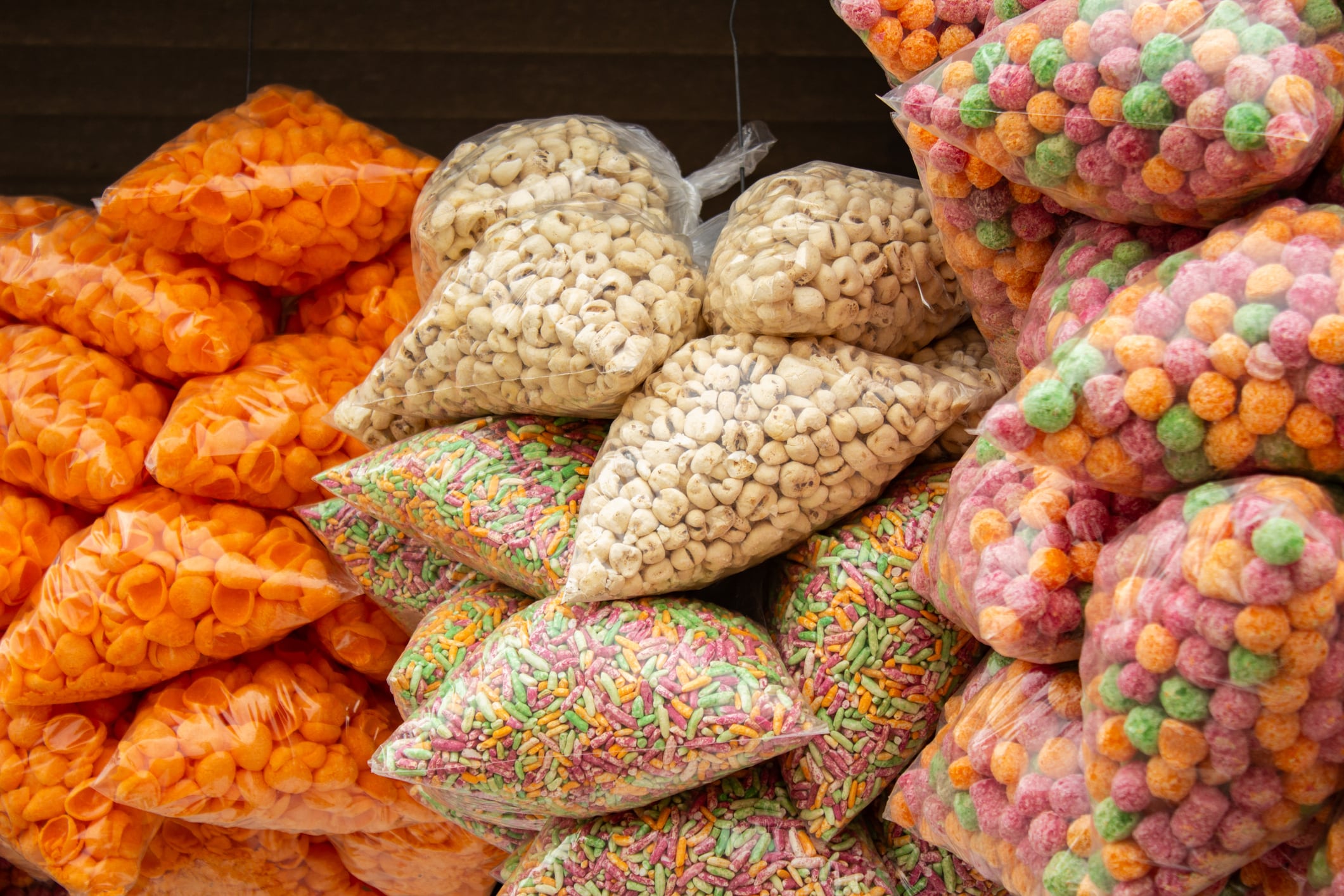Key takeaways:
- The Healthy SNAP pilot aims to restrict purchases of soda and candy to promote nutrition and reduce chronic disease.
- It aligns with the FDA’s updated “healthy” definition, focusing on whole foods like fruits, vegetables and lean proteins.
- Industry groups warn the changes could confuse retailers and reduce food access, especially in underserved areas.
- Convenience stores and independent grocers are concerned about unclear rules and operational disruptions.
- Public health advocates debate whether restrictions or incentives – like Double Up Food Bucks – are more effective.
Another wave of state-level SNAP restrictions on ‘unhealthy’ food and beverages were touted by the Trump administration as ‘protecting public health,’ but industry stakeholders say the fear the patchwork of pilot programs could prompt some retailers to stop accepting benefits.
The waivers were announced earlier this week during the Great American Farmers Market event as part of HHS Secretary Robert Kennedy Jr’s Make America Healthy Again initiative, which includes removing artificial dyes and defining ultra-processed foods.
“For years, SNAP has used taxpayer dollars to fund soda and candy – products that fuel America’s diabetes and chronic disease epidemics,” said Kennedy. “These waivers help put real food back at the center of the program and empower states to lead the charge in protecting public health. I thank the governors who have stepped up to request waivers, and I encourage others to follow their lead. This is how we Make America Healthy Again.”
Not everyone agrees with Kennedy – or the impetus for the waivers. Some industry stakeholders warn restricting SNAP could confuse consumers, complicate retailer operations and potentially prompt some stores to stop accepting benefits – reducing participants’ access to healthy food.
The move follows FDA’s 2024 finalized definition of the term “healthy,” which is now tied to food groups and limits on added sugars, saturated fats and sodium. For manufacturers to qualify as “healthy,” a product must contain enough of at least one of the recommended food groups or subgroups – such as fruit, vegetables, whole grains, fat-free and low-fat dairy, and lean meats and protein like eggs, beans nuts and seeds.
These foods must contain no added ingredients except for water to automatically qualify for the “healthy claim because of their nutrient profile and positive contribution to an overall healthy diet,” according to FDA.
For context, fortified white bread, highly sweetened yogurt or cereal are examples of products that fell under the original healthy claim, but no longer qualify under the updated definition.
How will SNAP restrictions impact food access? Industry weighs in
While the pilot is intended to “support health equity” and “align taxpayer dollars with science-based nutrition policy,” according to USDA Secretary Brooke Rollins, some industry stakeholders warn that it could create confusion and prevent access to foods, especially in underserved areas.
According to the National Association of Convenience Stores (NACS), convenience stores represent nearly half (45%) of all retail outlets authorized to accept SNAP benefit, and the Healthy SNAP program may push retailers to opt out of SNAP altogether.
“Without convenience stores accepting SNAP benefits, many people would not have a place to buy food where they live,” Margaret Hardin Mannion, director of government relations, NACS, said. “But to serve those customers, stores need a program they can follow. To date, there is so much confusion about what foods will or will not be able to be sold that stores might leave the program and consumers will suffer.”
Mannion encourages USDA and states to collaborate with retailers “to make sure any changes to the program will work before they rush into changes.”
SNAP restrictions also may impede on logistical operations for independent grocers, according to David Cutler, VP, media relations and public affairs, National Grocers Association.
“Restrictions on SNAP food purchases can have far-reaching effects on Main Street businesses, with the potential to disrupt store operations, workforce stability and supply chain relationship,” Cutler said.
To avoid these problems, NGA urges state officials to “provide clear and transparent guidance on which specific foods retailers are required to record, while also protecting the privacy of SNAP participants.”
Cutler added, “Policymakers should recognize that grocers are often the final and most direct connection between the program and the individuals it is intended to serve.”
For candy purchases, the category represents a nominal amount of total SNAP spending, about 2%, which is about the same for non-recipients of SNAP, according to the National Confectioners Association.
While candy and chocolate purchases are considered indulgent and often do not meet FDA’s ‘healthy’ definition, their impact on emotional wellbeing are important to consumers, Christopher Gindlesperger, SVP, public affairs and communications, NCA, explained.
“This policy approach is not needed when it comes to chocolate and candy,” Gindlesperger said. “People in the US enjoy chocolate and candy two to three times per week, averaging just 40 calories and about one teaspoon of added sugar per day. Consumers have a unique mindset when they enjoy chocolate and candy that is not present when interacting with other foods – whether or not they are using SNAP benefits for food purchases."
Are restrictions or incentives more effective at encouraging healthy diets?
Although the pilot program reflects a shift toward nutrition-driven restrictions, some public health advocates argue that positive incentives are more effective and equitable.
Programs like Double Up Food Bucks – which matches SNAP dollars spent on fresh fruit and vegetables – have shown success in improving diet quality without limiting choice.
Researchers from the University of Michigan’s School of Public Health noted that incentive-based models like Double Up Food Bucks can increase access to nutritious foods while empowering consumers to make their own decisions, especially when paired with education and retail engagement.
There is limited research on how restricting the purchase of sugar-sweetened beverages (SSBs) through SNAP affects diet quality, and even less is known about the impact of restricting other types of products, according to Joelle Johnson, deputy director, Center for Science in the Public Interest (CSPI).
The current studies show mixed results with some suggesting that restrictions may help lower intake of SSBs among children and reduce diet-related diseases in adults. However, two randomized controlled trials in 2016 and 2024 found no significant improvements in diet quality between groups with and without purchase restrictions, Johnson explained.
One reason for the lack of data is that, until this year, USDA did not approve any waivers to test these kinds of restrictions within SNAP, Johnson noted.
“If USDA is claiming that these restrictions will lead to reduced rates of chronic disease, then they must ensure there are robust evaluation plans in place for each pilot that assess the impact of restrictions on purchases, consumption and importantly, changes in stigma and program participation by shoppers and retailers,” Johnson said.
American Heart Association: Sugary drinks should be on the chopping block
The American Heart Association encourages the removal of sugary drinks from SNAP purchases to help reduce excessive added sugar consumption.
“If only some sugary drinks are removed from SNAP, then SNAP participants could switch to other sugary drinks still included in the program and reduce the potential positive health effects,” AHA stated.
Ultimately, these decisions will be left up to states and AHA maintains that legislators should create a broad consistent definition of sugary drinks “that fully captures all drinks that lead to high added sugar consumption.”
It added: “We recommend states evaluate their initiatives using rigorous methodology to determine changes in purchases and consumption over time, the costs of implementation and potential government savings, and feasibility for SNAP recipients and retailers of all sizes.”




